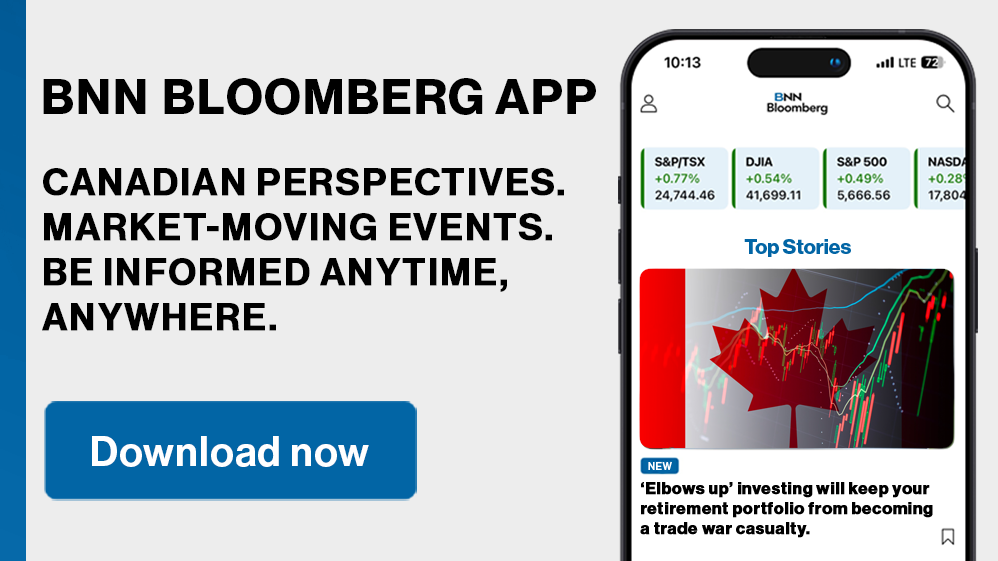LONDON — Canadian oil producers selling crude to U.S. refiners are enjoying a significant windfall, and they have one man to thank: U.S. President Donald Trump.
Following weeks of trade tensions and verbal spats between the North American neighbors, it might seem surprising that Trump’s policy whirlwind is offering Canada a boost.
But that is the thing about global trade networks. When you make one change, it can have a cascading effect with many unintended consequences – and beneficiaries.
Canada, the world’s fourth-largest crude producer, supplied U.S. refiners with around 4 million barrels per day in 2024, roughly half of total crude imports for the world’s biggest oil consumer.
Canada sends around 90 per cent of its oil exports to the United States, which is mostly shipped via pipelines from the western province of Alberta to land-locked refiners in the U.S. Midwest.
The future of this interdependence was thrown into turmoil at the end of last year, when the incoming U.S. president vowed to impose tariffs on America’s northern neighbor, a promise he briefly made good on last month, before rowing back most of the tariffs within a few days.
The main Canadian crude grades typically trade at a discount to benchmark U.S. crude due to transportation costs and its grade, and the tariff threat initially caused that gap to widen.
But in recent weeks, the discount for Western Canada Select (WCS) delivered in Hardisty, Alberta has steadily shrunk, hitting US$9.75 a barrel this week, the smallest since late November 2020, according to LSEG data.
This WCS strength partly reflects traders’ confidence that Canadian oil exports will continue to be exempt from U.S. tariffs, according to Rory Johnston, founder of Toronto-based consultancy Commodity Context. While Trump plans to announce new tariffs on unspecified countries on April 2, few expect this to include Canadian crude.
Venezuela
But the reduction in the WCS discount is also linked to Trump’s recent actions against Venezuela. The administration revoked a production license for Chevron, which imported 210,000 bpd of heavy-grade Venezuelan oil into the United States last year, and slapped a tariff on countries buying oil from Caracas.
As it happens, Canadian crude is a good substitute for the Venezuelan grade, meaning it is now in high demand from U.S. Gulf Coast refineries that require heavy crude.

Canadian producers have also benefited from completion last year of the Trans Mountain pipeline expansion, which raised its capacity to 890,000 bpd. The pipeline offers producers the only export route to international markets bypassing the United States. Crude exports from Vancouver are set to rise to a record of 643,000 bpd in March, of which 45 per cent are set to go to the United States, according to Kpler data.
Canadian crude producers may not enjoy this windfall for long as OPEC+ producers are expected to bring more oil into the market in the coming months, including heavy grade crude.

But what will also likely be coming in the next few months is more energy market volatility driven by the U.S. ever-evolving trade policy. And given Canadian oil producers’ geographic location and position in the market, they may continue to benefit from this turmoil, even if that is not what the “America First” agenda has in mind.
---
Writing by Ron Bousso; editing by David Evans.
The opinions expressed here are those of the author, a columnist for Reuters.
---
U.S. President Donald Trump’s reciprocal tariffs on trading partners are set to take effect on April 2, a day he has proclaimed as “Liberation Day” for American trade. CTV News will have extensive coverage across all platforms:
- CTVNews.ca will have in-depth coverage, real-time updates, and expert analysis on what the tariffs will mean for Canadians.
- CP24.com will report on any developments out of Queen’s Park and what the tariffs means for the people of the GTHA.
- BNNBloomberg.ca will explain what this means for the business community, investors, and the market.














